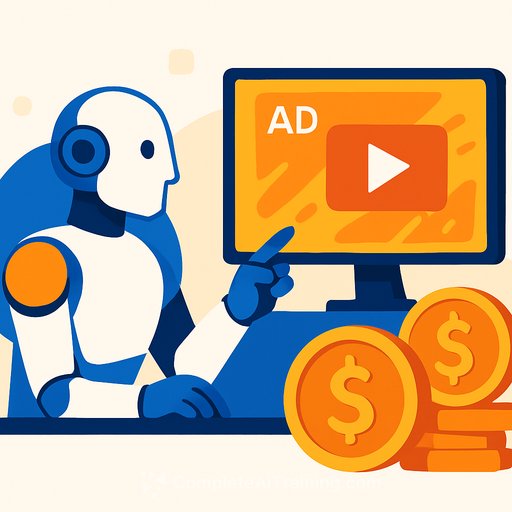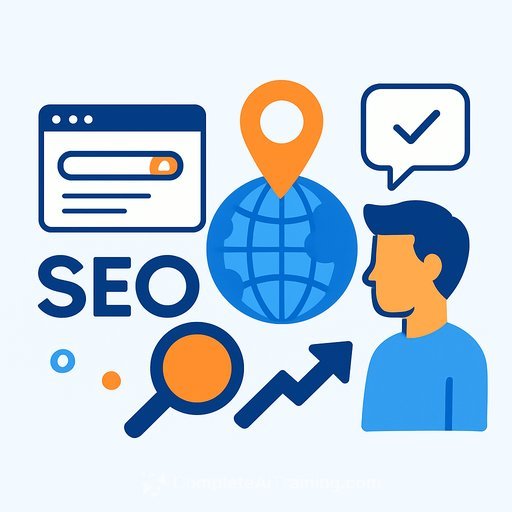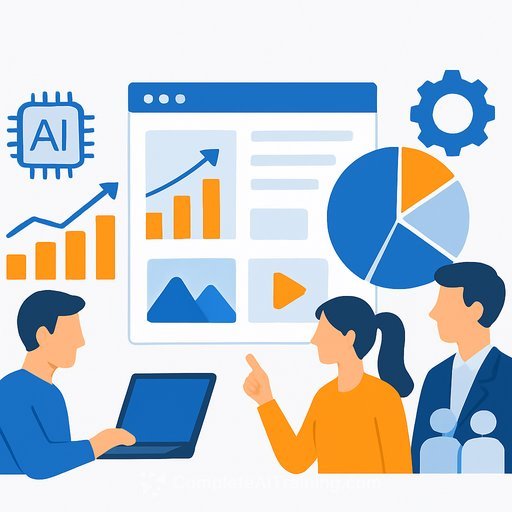Will Advertisers Pay AIs to Watch AI Content?
Economist Wojtek Kopczuk raised a blunt question: as AI creates more content, will advertisers end up paying for AIs to "watch" it?
That single question exposes a risk for marketers: budgets optimized for impressions might drift toward synthetic attention instead of real customers. If we don't set guardrails now, spend efficiency, brand equity, and measurement credibility take the hit.
Why this matters
Kopczuk often looks at incentives and demographics. Translate that to marketing: incentives drive behavior, and audience makeup is shifting. If bots, agents, and recommendation models dominate supply, they'll eat budget unless you enforce human-first metrics. And with an aging population, media mix and message framing need recalibration.
If machines watch machines, here's what breaks
- Measurement drift: Viewability and completion rates look "great" while human reach stalls. Synthetic traffic inflates top-of-funnel KPIs and poisons optimization loops.
- Pricing distortion: CPMs decouple from outcomes. You bid against non-human demand and pay more for less incremental revenue.
- Creative mislearning: Models optimize to bot-like patterns (fast scrolls, perfect completions), not human curiosity. Creative gets sharper for machines and duller for people.
- Signal pollution: Retargeting and lookalikes inherit synthetic behaviors, corroding audience quality over time.
- Compliance and brand risk: Poor chain-of-custody blurs where ads run and who "saw" them. That invites scrutiny and wasted spend.
Guardrails you can implement this quarter
- Buy outcomes, not impressions: Shift budget to CPC/CPA and verified conversions. Use holdouts and geo splits to track incremental lift, not vanity metrics.
- Enforce supply chain transparency: Require ads.txt/app-ads.txt and sellers.json across all partners. Keep a direct-deals bias where possible. See the spec at IAB Tech Lab.
- Mandate human validation: Use MRC-accredited IVT filters and attention panels. Pay only on human-verified events where available.
- Set an AI usage policy with partners: Disclose AI-generated content, synthetic augmentation, and watermarking. Add contractual clawbacks for IVT and undisclosed AI traffic.
- Fix creative feedback loops: Optimize to post-click metrics (scroll depth, dwell time, add-to-cart) over pure completion. Include manual reviews to catch "too-perfect" engagement.
- Protect first-party data: Build consented audiences and context lists curated by humans. Keep lookalikes gated by conversion quality thresholds.
- Budget rules for synthetic risk: Cap spend per exchange, require weekly IVT reporting, and quarantine any source with rising "perfect" metrics and flat sales.
- Plan for demographic shifts: If older cohorts grow, rebalance channels, formats, and creative clarity. Lower cognitive load, larger type, and higher contrast improve real engagement.
What to tell your CFO
Chase real customers, not perfect dashboards. Anchor on CAC, LTV, ROAS, and incremental lift. Freeze optimizations tied to impression-based goals until they pass human-verification checks.
- Audit top 10 spend partners for IVT, ads.txt alignment, and seller paths.
- Add make-goods and refunds for any synthetic traffic above agreed thresholds.
- Stand up a small internal "ad verification" routine: weekly anomaly scans, random creative and placement spot checks, and conversion-quality reviews.
Context behind the question
Kopczuk's broader work on incentives (like dividend tax effects) and demographic trends (including retiree migration) is a reminder: systems follow incentives, and audiences change. Marketing should set incentives that reward human outcomes and adjust plans where the audience actually is.
Level up your AI marketing practice
If you need a structured path to build AI skills without losing sight of human outcomes, explore the AI Certification for Marketing Specialists.
Further reading: The ANA's programmatic transparency work is useful when auditing supply paths. Start here: ANA Programmatic Media Transparency.
Disclaimer: This article includes third-party opinions for informational purposes only and is not investment advice.
Your membership also unlocks:






